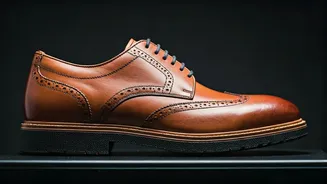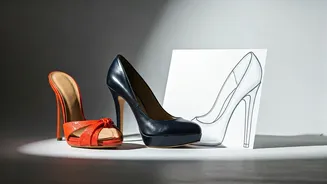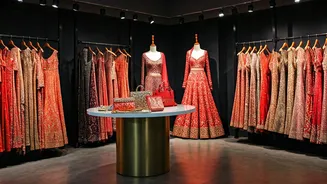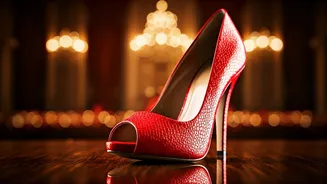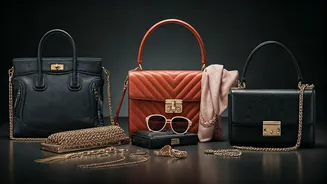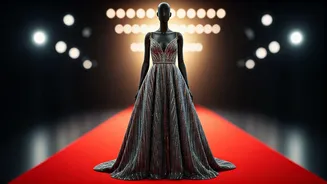The Allegations Unveiled
An animator in the United Kingdom brought forth accusations against a well-known Indian shoe brand, claiming the brand had appropriated their design. The
animator voiced their concerns publicly, highlighting the alleged similarities between their original work and the shoe brand's product. This act of calling out the brand quickly gained traction on social media and other platforms, as users began to examine the details of the claims. The animator's work, which included the design that was allegedly copied, was widely shared, prompting comments and opinions regarding the allegations. This development created awareness around the significance of original creative work, particularly in the competitive landscape of the fashion industry, where brands continuously aim to stand out with unique offerings. The situation became a focal point for conversations on ethics and intellectual property within design.
Brand's Response and Apology
Following the public outcry, the shoe brand's creative director issued an apology. The director acknowledged the issue, stating that they had seen the design online and that it had been integrated into their product line. The apology aimed to address the concerns raised by the animator and the public, taking responsibility for the oversight. The brand's quick response was a direct attempt to mitigate the damage to its reputation and prevent any long-term effects on its consumer base. Further emphasizing their commitment to ethical practice, the brand pledged to re-evaluate its design processes and ensure it upheld its commitment to originality in the future. The public response to the apology was mixed. While many welcomed the admission and the commitment to rectify the situation, others expressed continued concern about the brand's ethics. The incident served as a lesson to the brand and other fashion houses about maintaining a strong, diligent eye for detail regarding designs.
Impact and Ramifications
The accusations and subsequent apology have initiated broader conversations within the fashion world. The most immediate impact was on the brand's image, potentially affecting its sales and consumer trust. Beyond the financial impact, the situation emphasized the importance of intellectual property rights and the need for rigorous design processes. The event underscored the critical need for fashion brands to conduct thorough research, design reviews, and copyright checks to safeguard the originality of their products. It also highlighted the role of social media in bringing such issues to light, empowering creators and fostering greater accountability in the fashion industry. The incident serves as a cautionary tale, illustrating how design theft can have significant legal, financial, and reputational consequences for brands, and underscores the growing importance of ethical behavior and respect for intellectual property within the fashion community. Going forward, the industry is expected to implement tighter regulations and heightened scrutiny to prevent design plagiarism.
